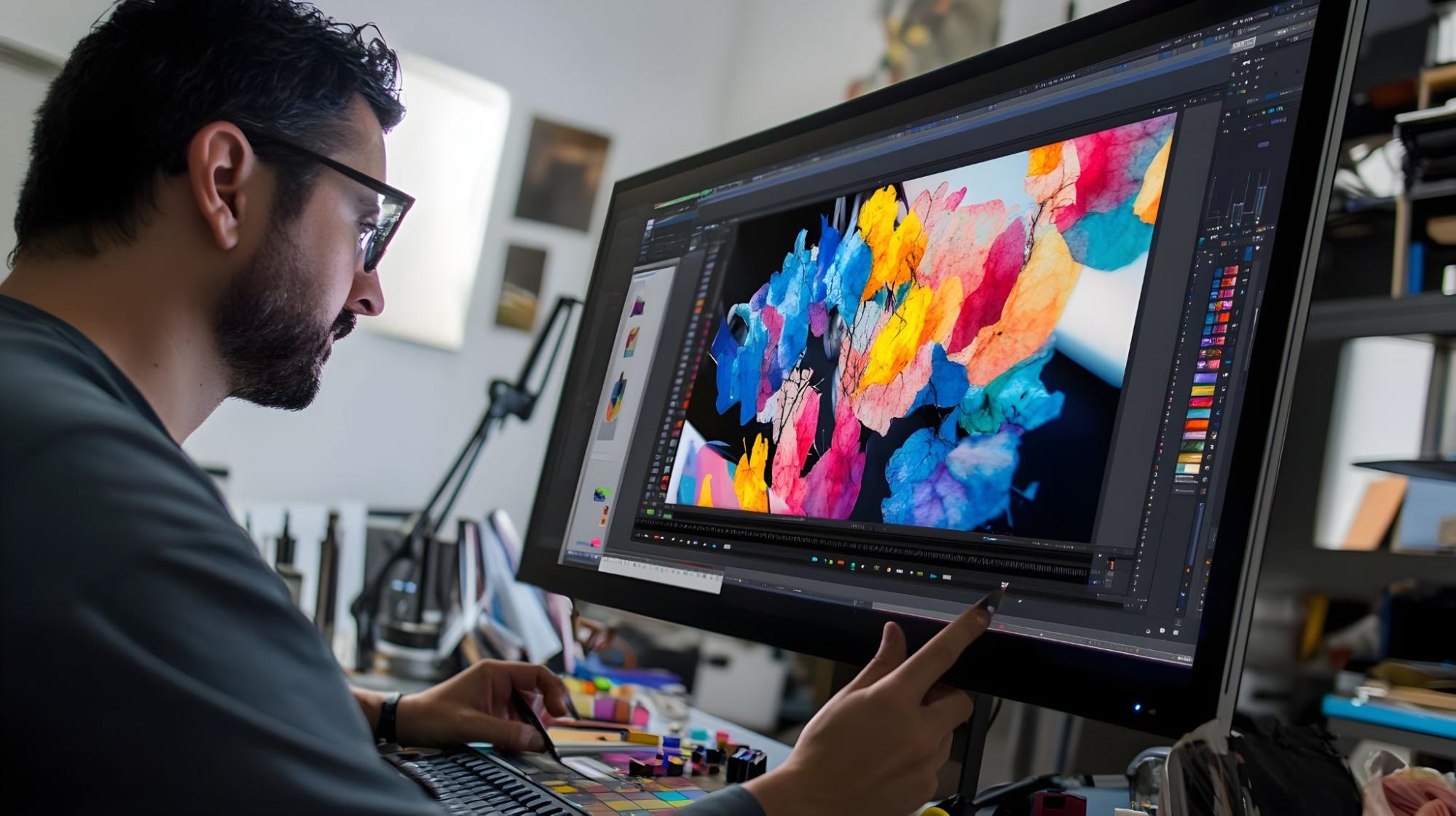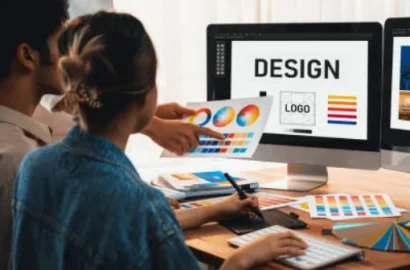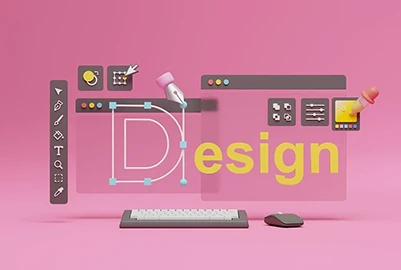Discover why the RGB color model became the foundation of digital displays, photography, and design. From the science of human vision to the pioneering work of science, this guide unpacks it all.
It has become common knowledge that RGB stands for red, green, and blue, and that it has something to do with the television in our homes and other displays. But how does it work? Why is it RGB and not any other combination of letters? How does it matter to the display makers, photographers, filmmakers, and designers?
In this article, we will answer all this and more. Come along as we explore the origins, workings, and applications of the RGB color model.

Understanding the RGB Color Model and Its Origin
Newton took a prism and had sunlight pass through it, splitting light into a spectrum of colors, postulating that color is a phenomenon of light and that white light or sunlight is a mix of seven colors. When light hits an object, the object absorbs some bits and reflects other bits; the bits that are reflected are what we see as color. For example, a banana absorbs all the bits of the white light except the color yellow, which is reflected. Hence, we see the banana as yellow.
We also know that the human eye has cone-shaped cells that are sensitive to light. The cone cells in our eyes are sensitive to varying degrees of red, blue, and green light, also known as primary colors. In fact, the eye is sensitive to varying wavelengths of the three primary colors but the colors themselves do not occur in the eye; it’s the brain that interprets the signals from these cells creating the illusion of color.
Using this knowledge about how the eye perceives color, James Maxwell created a new method of photography. The process involved taking three different cameras, each sensitive to one of the three primary colors. Then printing out three photos that would look black and white but would have the specific color information, and then shining red, blue, and green light on the three images while superimposing them on top of each other. This would result in a color photo accurate to the real-world scene that the cameras would have captured, or accurate to how the human eye saw it. This recreation of color in photography is what gave birth to the RGB or Red-Green-Blue color model. This is also why it is RGB and not any other combination of letters- our eyes won’t allow otherwise.
How Does the RGB Color Model Work?
It is possible to create almost any color by mixing red, blue, and green. Hence, the RGB color model belongs to the ‘additive’ model category. The additive color model starts with a black screen and adds red, blue, and green colors. The spaces where red, blue, and green mix in different amounts, create a range of colors, as shown in the figure below.

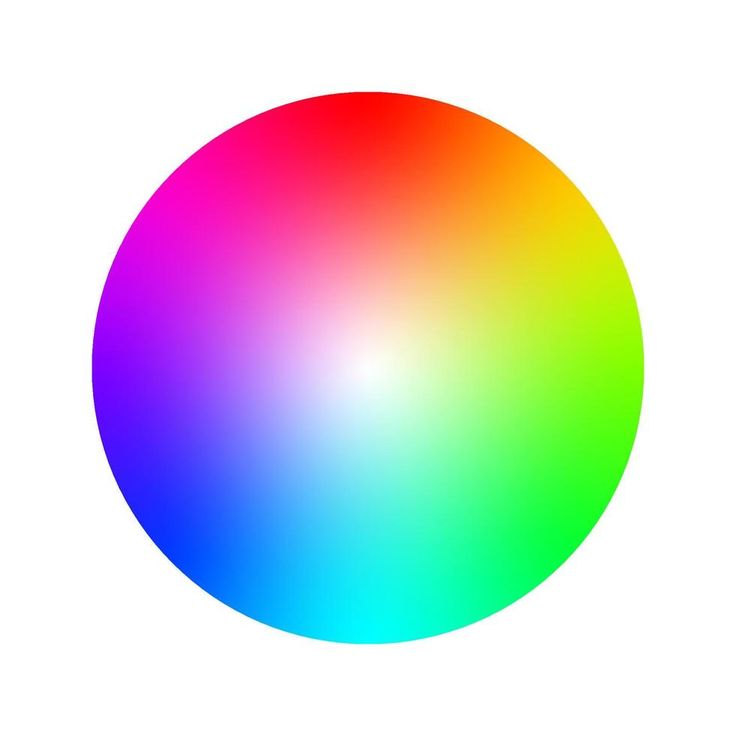
In 1931, scientists at the CIE (International Commission on Illumination) started recording the behavior of the cone cells of the eye and how they react to light. They wanted to know how colors are seen by the human eye. They put that information on a graph which gave us the ‘color space’- a graph of all the colors the eye can see. That is because the human eye has evolved over the years to see more shades of green than red and blue, and the color space graph accounts for this evolution.
The color space graph is called the Chromaticity Diagram and later became the standard map across industries such as cameras, displays, filmmaking, and printing. Display makers, filmmakers, and printing professionals would refer to this graph as a standard way of covering as much ground for showing color variety to the audience.
The RGB color space was created as a subset of this parent color space. It was only a subset because of two reasons. Firstly, it is technically demanding and inefficient to create displays and projectors that capture the entire spectrum. And secondly, the smaller RGB color space gets the job done for the most part for most industries, it captures enough of green, red, and blue to show color.
The RGB color model, however, cannot show all the colors that the eye can see and over time more color spaces have been discovered to capture a larger area of the parent color space.

What are the applications of the RGB Color Model?
RGB model found one of its major purposes in the modern camera. The camera has a filter that has red, blue, and green patterns to capture images. Modern smartphone cameras have sensors that experiment with different ways of capturing the RGB colors to make the photo look accurate.
The additive nature of RGB makes it ideal for digital displays, televisions and monitors where light is the primary medium. Each pixel on a screen consists of tiny red, green, and blue subpixels. By adjusting the intensity of light emitted by each subpixel, the screen can produce any color within the visible spectrum.
Your smartphone’s display also uses RGB technology. High-resolution screens rely on RGB to render images and videos with remarkable clarity. The Apple iPad 2024 versions boast new LED display technology that also relies on red, green, and blue pixels.
In web design, RGB is the standard for creating websites. Hex codes, which are shorthand for RGB values, ensure consistent colors across different devices and browsers. For example, the color #FF5733 represents a specific shade of orange in the RGB model, with red at full intensity, green at 87%, and blue at 20%.
Gamers use RGB setups to enhance their gaming experience, while homeowners use them to set the mood in living rooms, bedrooms, and even outdoor spaces.
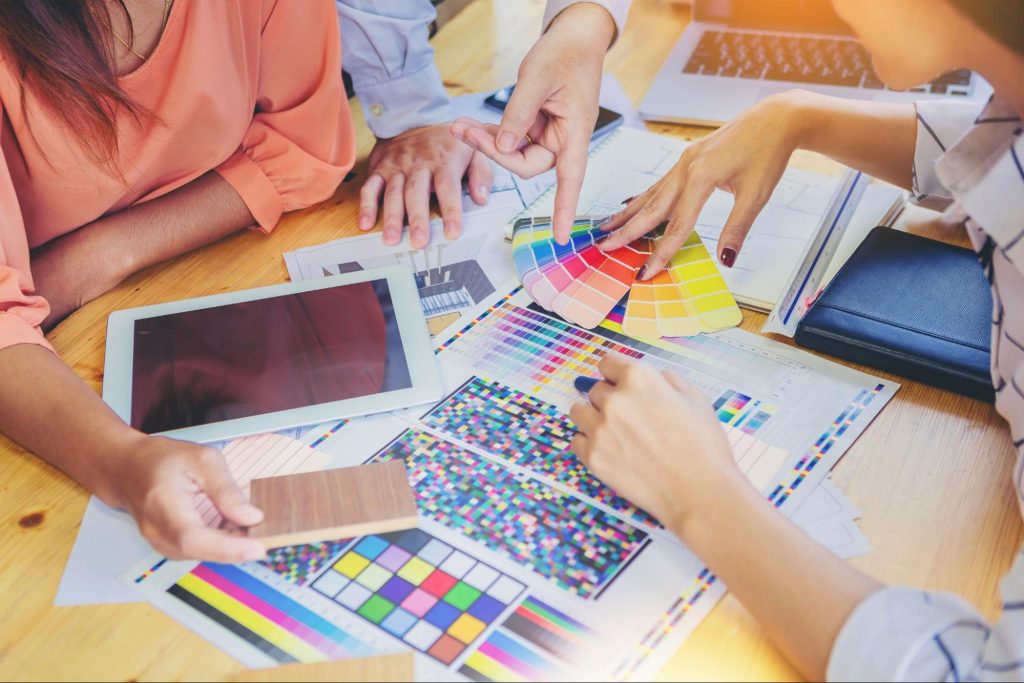
Advantages and Limitations of RGB
One of the biggest advantages of the RGB model is its ability to produce a wide range of colors. Since the RGB model is consistent across industries, it allows developers to create new technology based on a common fundamental framework, without having to worry about visual discrepancies.
Despite its strengths, RGB has limitations. As it relies on light, it’s not suitable for print media, which uses subtractive color models like CMYK. Furthermore, colors can appear differently on different screens due to differences in calibration and quality. For instance, LCD displays have crystals that emit light in a specific direction which looks inaccurate when looked at from an angle, or from the side. This lack of consistency can be a challenge for designers and developers who would desire uniformity across devices.
Comparing RGB with Other Color Models
While RGB is the star of the digital world, it’s just one of several color models used in different fields. The most common alternative is CMYK, which stands for cyan, magenta, yellow, and key (black). Unlike RGB, which is additive, CMYK is a subtractive model. It starts with a white surface (like paper) and subtracts color by adding layers of ink. The paper used for printing is generally white and reflects all seven wavelengths of the light spectrum. The ink thrown on the paper by the printer absorbs some of the wavelengths, which makes fewer (sometimes one) colors reach our eyes. This makes CMYK ideal for printing, where pigments absorb and reflect light to create color.
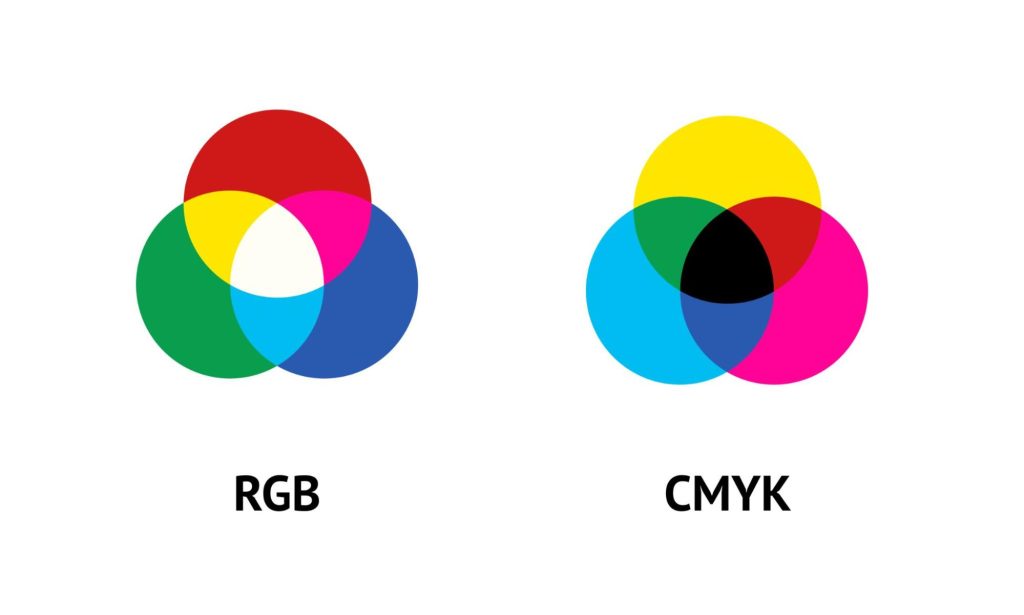
Another model worth mentioning is HSL (hue, saturation, lightness), which is often used in design software. HSL is based on how humans perceive color, making it easier to adjust colors intuitively. For example, if you want a darker shade of blue, simply reduce the lightness value. RGB, on the other hand, requires adjusting three separate values (red, green, and blue), which can be less intuitive.
Then there’s the LAB color model, which is designed to match human vision more closely. LAB separates lightness from color information, making it useful for tasks like color correction and image editing. While RGB is limited to the colors that screens can display, LAB can represent a wider range of colors, including those outside the visible spectrum. Each model has its strengths, and the choice depends on the application. For digital work, RGB is the standard, but for print tasks, other models like CMYK or LAB might be more appropriate.
Tips for Using RGB Effectively
For digital designers, the first tip is to always work in the RGB color space when creating content for screens. This ensures the colors you choose look as intended on devices like phones, tablets, and monitors. However, keep in mind that not all screens display colors the same way. To minimize discrepancies, calibrate your monitor regularly and test your designs on multiple devices.
Another tip is to pay attention to color profiles. Most design software allows you to choose a color profile, such as sRGB or Adobe RGB. sRGB is the standard for web and most digital content, while Adobe RGB offers a wider color range, making it better for high-end photography. Stick to sRGB unless you have a specific reason to use Adobe RGB, as the former ensures better consistency across devices.

When working with RGB, remember that less is often more. Avoid using overly saturated colors, as they can look unnatural and strain the eyes. Refer to the color wheel to find out color harmonies. If your project will be printed, convert your RGB files to CMYK early in the process to avoid unpleasant surprises. While RGB is perfect for screens, it’s not always the best choice for print.
To get the most out of RGB color space, it’s essential to understand color psychology and color theory. Designers, brand managers, and marketers use color psychology to influence consumer behavior all the time. For instance, green color signals a relation to nature and calmness, purple and black are considered luxury and high-end, and orange and yellow are associated with freshness and youth. If one understands the context in which the colors are to be used, the industry requirements, the purpose, the background, and most importantly the viewer, color psychology in combination with the right color model can work great.
Future of RGB Technology
The integration of RGB into new technologies, such as augmented reality (AR) and virtual reality (VR), is a trend to look out for. In these immersive environments, accurate color representation is crucial for creating believable experiences. RGB’s ability to produce a wide range of colors makes it ideal for these applications.
Final Thoughts
From its scientific roots in Newton’s prism experiments to its modern-day applications in displays, photography, and design, RGB has shaped the way we see and interact with technology. Its additive nature, which aligns perfectly with how our eyes perceive light, makes it an indispensable tool for creating vibrant, lifelike visuals on screens.
Understanding RGB is about more than knowing how red, green, and blue light combine—it’s about appreciating the science, history, and artistry behind the colors we see every day. Whether you’re a designer, photographer, gamer, or simply someone who enjoys the beauty of a well-calibrated screen, RGB is a fundamental part of your world. We also recommend that you check out this project by AND Learner, Dushyant Singh, to further understand how RGB works.
FAQs About RGB
1. What is the RGB color model used for?
RGB is primarily used for digital displays, including TVs, monitors, smartphones, and more. It’s also popular in design and lighting applications.
2. Why is RGB not suitable for printing?
RGB relies on light to create colors, whereas printing requires subtractive colors (like CMYK) to work with physical mediums.
3. What are the limitations of RGB?
RGB colors can vary between devices and aren’t ideal for print media. Consistency can be a challenge across different screens.
4. How to convert RGB to CMYK?
Open your RGB image or design in Adobe Photoshop. Go to Image > Mode > CMYK Color. Photoshop will automatically convert the image to CMYK. You may see a slight shift in colors, especially in highly saturated areas. To fine-tune the colors, use adjustment layers like Hue/Saturation or Selective Color.
Alternatively, you can open your RGB file in Adobe Illustrator. Go to File > Document Color Mode > CMYK Color. If your design uses RGB colors, Illustrator will convert them to their closest CMYK equivalents. You can manually adjust colors using the Color Picker or Swatches panel.
5. Can RGB produce all colors?
RGB can produce millions of colors, but it’s limited to the visible spectrum of light and may not cover all real-world hues perfectly.
Next Steps
In case you need further assistance, here are some of our resources you can consider:
- Watch this session by design veteran and AND’s Academic Head, Prachi Mittal, and our Course Lead, Soumya Tiwari.
- Talk to a course advisor to discuss how you can transform your career with one of our courses.
- Pursue our Graphic Design courses – all courses are taught through live, interactive classes by industry experts, and some even offer a Job Guarantee.
- Take advantage of the scholarship and funding options that come with our courses to overcome any financial hurdle on the path of your career transformation.
Note: All information and/or data from external sources is believed to be accurate as of the date of publication.

